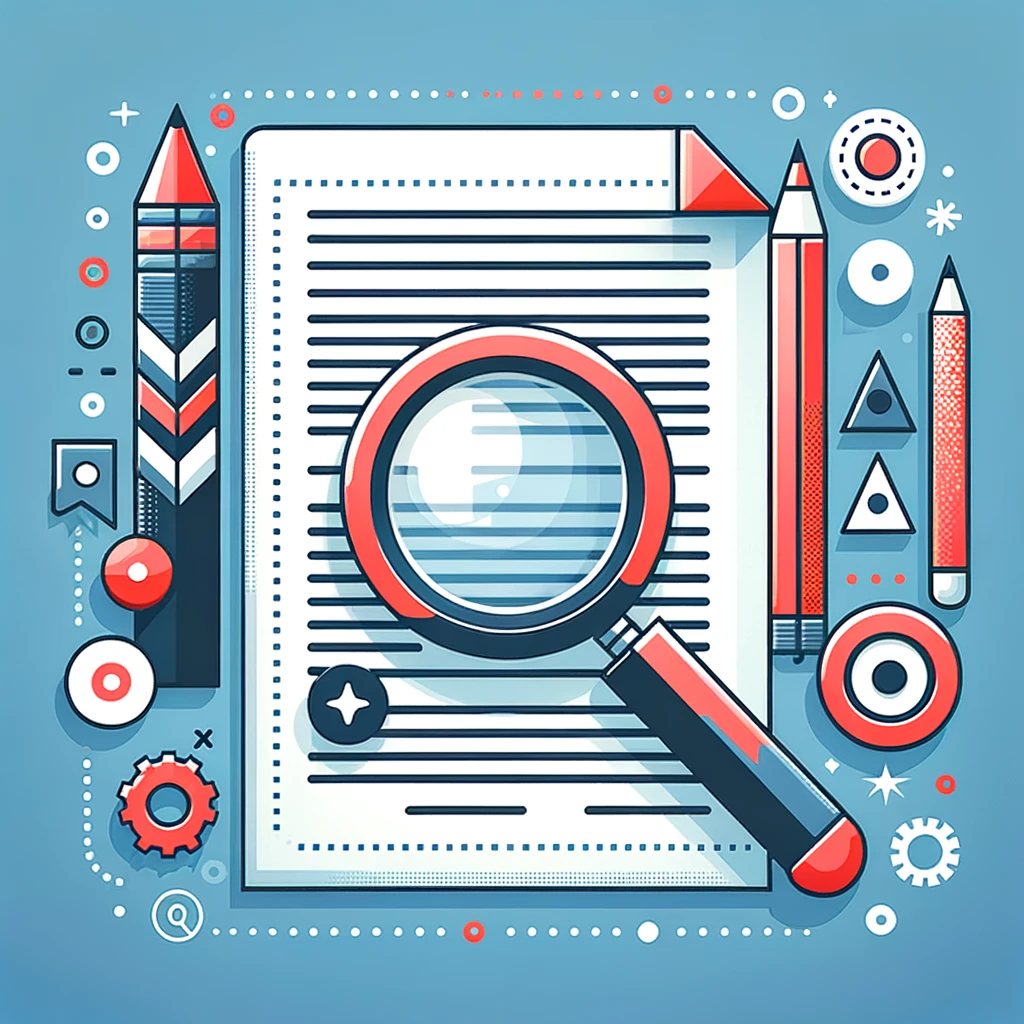
In the realm of technical writing, one of the key factors for success is the ability to effectively communicate complex information. This ability hinges largely on understanding the audience for whom the material is intended. This article will explore techniques for analyzing and understanding different audiences, adapting writing styles and content for varied expertise levels, and the crucial role of clarity and simplicity in conveying complex information.
Analyzing and Understanding the Target Audience
The first step in technical writing is to identify and understand your audience. This involves several techniques:
- Audience Analysis: Gather data about your audience’s background, education level, language proficiency, and familiarity with the topic. Surveys, interviews, and feedback from similar past documents can be useful tools.
- Defining the Audience’s Needs: Consider what the audience is looking to achieve with your document. Are they seeking to understand a concept, follow a procedure, or make a decision based on your information?
- Context of Use: Understand the circumstances under which the audience will use the document. Is it for reference, instruction, decision-making, or something else?
Adapting Writing Style and Content
Once you have a clear understanding of your audience, the next step is to adapt your writing style and content accordingly:
- For Novices: Use simpler language, avoid jargon, and provide more background information. Explain concepts clearly and provide examples where possible.
- For Intermediate Users: You can assume some level of familiarity with the subject, but still avoid highly technical language unless necessary. Focus on practical application and problem-solving.
- For Experts: Use technical terms and detailed information. Experts appreciate brevity and depth, focusing on new information or advanced techniques.
The Importance of Clarity and Simplicity
Regardless of the audience’s expertise level, clarity and simplicity are paramount in technical writing. Complex information can be overwhelming; thus, it’s crucial to:
- Be Concise: Use short sentences and paragraphs. Avoid unnecessary words and phrases.
- Use Visual Aids: Diagrams, tables, and charts can help break down complex ideas.
- Logical Structure: Organize your document in a logical flow. Use headings and subheadings to guide the reader.
- Consistency: Be consistent in terminology, design, and layout. This helps in reinforcing understanding.
Conclusion
Understanding your audience is fundamental in technical writing. It determines the approach, style, and content of your documentation. By effectively analyzing your audience, adapting your writing style, and ensuring clarity and simplicity, you can create technical documents that are not only informative but also engaging and easy to understand. Remember, the goal of technical writing is not just to convey information, but to do so in a way that is accessible and useful to the reader.



